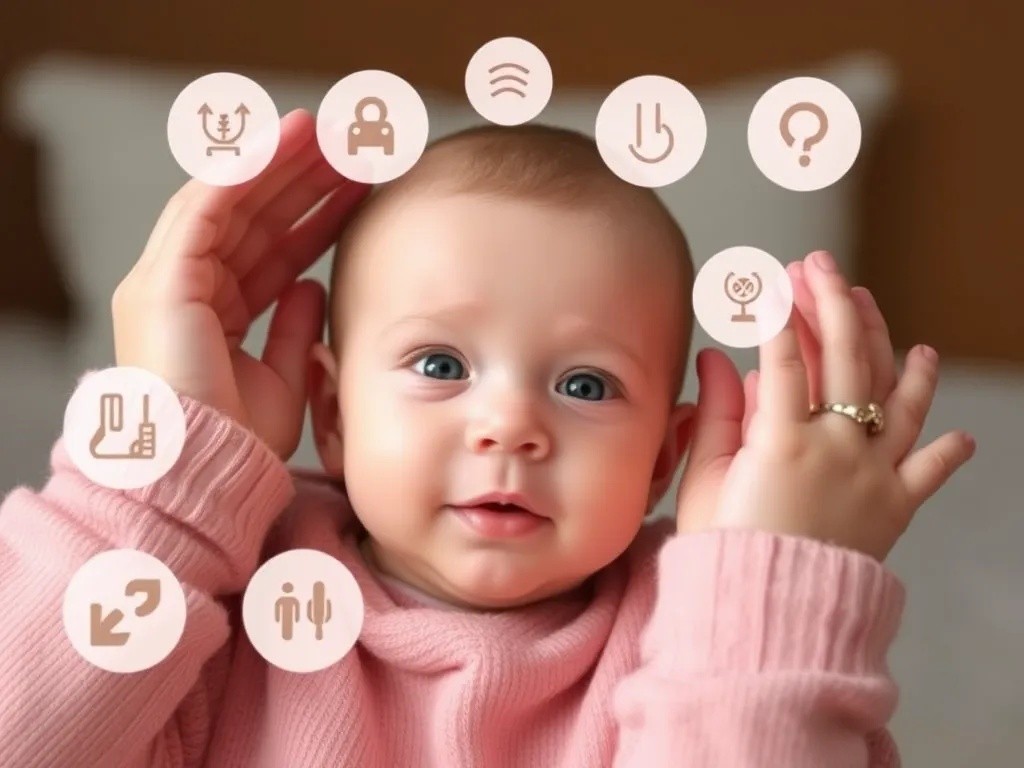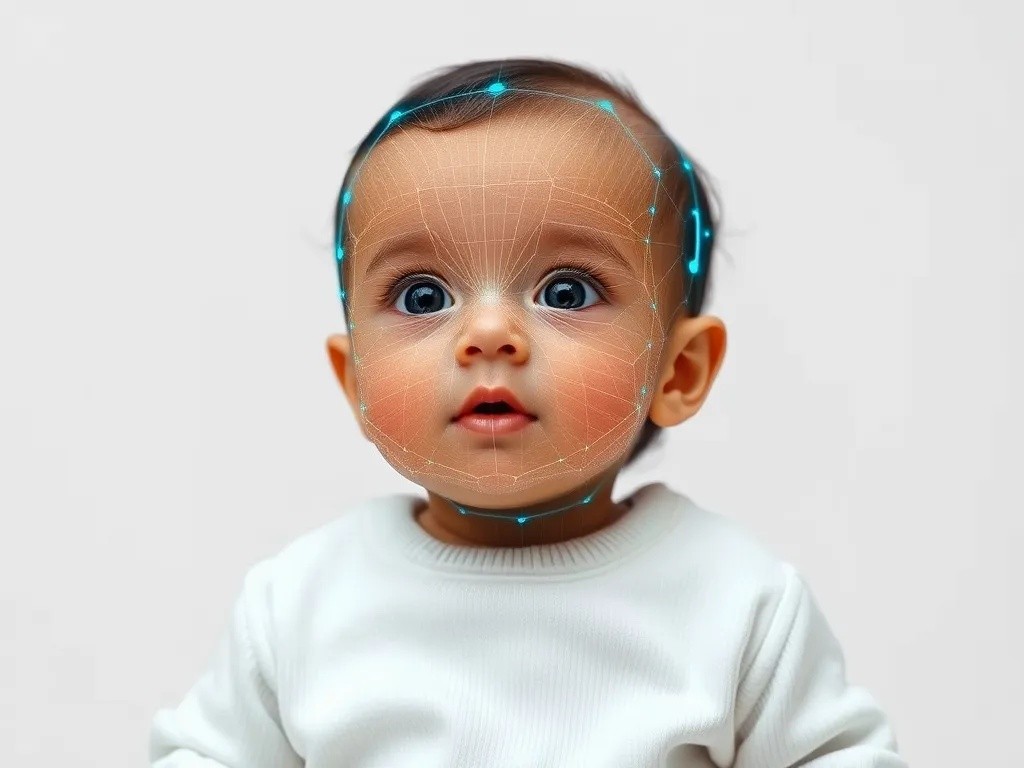In recent years, there has been a significant advancement in the field of Artificial Intelligence (AI) and Augmented Reality (AR). These technologies have become increasingly popular and have the potential to enhance virtual experiences in various fields such as gaming, education, healthcare, and...
New System Translates Baby Babbling into Adult Language

A groundbreaking artificial intelligence system has been developed that can interpret and translate baby babbling into comprehensible adult language, marking a revolutionary advancement in understanding infant communication. This innovative technology promises to bridge the communication gap between parents and their babies, offering unprecedented insights into what infants are trying to express during their pre-verbal developmental stage.
How the Translation System Works
The AI-powered translation system utilizes advanced machine learning algorithms and natural language processing to analyze the complex patterns within baby vocalizations. Researchers trained the system on thousands of hours of recorded infant sounds, correlating specific babbling patterns with contextual situations and eventual language development outcomes.
Key Technical Features
- Real-time audio processing capabilities
- Pattern recognition for different emotional states
- Context-aware interpretation based on environmental factors
- Continuous learning from user feedback
- Multi-language support for diverse families
The system can distinguish between various types of baby communication, including expressions of hunger, discomfort, curiosity, and social engagement. By analyzing pitch, rhythm, and phonetic patterns, the AI generates probable interpretations in clear, adult language.
Scientific Foundation and Research
The development team, comprising linguists, pediatricians, and AI specialists, conducted extensive research on infant communication patterns. Their studies revealed that babies follow predictable vocalization patterns that correlate with specific needs and emotional states, even before they develop formal language skills.
Research Methodology
The research involved several key phases:
- Collection of over 50,000 hours of infant vocalizations from families worldwide
- Analysis of contextual data including feeding times, sleep patterns, and environmental conditions
- Correlation studies between early babbling patterns and later language development
- Testing phases with volunteer families to validate translation accuracy
Initial testing showed remarkable accuracy rates, with the system correctly interpreting baby communications approximately 75% of the time, significantly higher than average parental interpretation rates of untrained adults.

Potential Benefits for Families
This technology offers numerous advantages for new parents and caregivers who often struggle to understand their baby's needs, especially during the challenging early months of parenthood.
Immediate Practical Applications
- Reduced parental stress and anxiety
- Improved response times to infant needs
- Better sleep patterns for entire families
- Enhanced bonding between parents and babies
- Support for parents with hearing impairments
Healthcare professionals also see significant potential for the system in clinical settings, where understanding infant distress or comfort levels could improve medical care and diagnosis of developmental issues.
Limitations and Considerations
While promising, the system has certain limitations that researchers continue to address. Individual babies have unique communication styles, and cultural differences in child-rearing practices can influence interpretation accuracy.
Current Challenges
The development team acknowledges several ongoing challenges:
- Adaptation to individual baby's unique vocal patterns
- Accounting for developmental variations and delays
- Integration with existing parenting technologies
- Ensuring privacy and data security for family recordings
Future Implications
As the technology continues to evolve, researchers envision expanded applications beyond basic need interpretation. Future versions may help identify early signs of developmental delays, support language learning, and even assist in understanding emotional development patterns in infants.
The baby translation system represents a significant step forward in human-computer interaction and child development understanding. While still in early stages, this technology holds the promise of transforming how families communicate during the critical first years of a child's life, potentially improving outcomes for both children and parents worldwide.
Commercial availability of the system is expected within the next two years, pending additional testing and regulatory approval processes.



